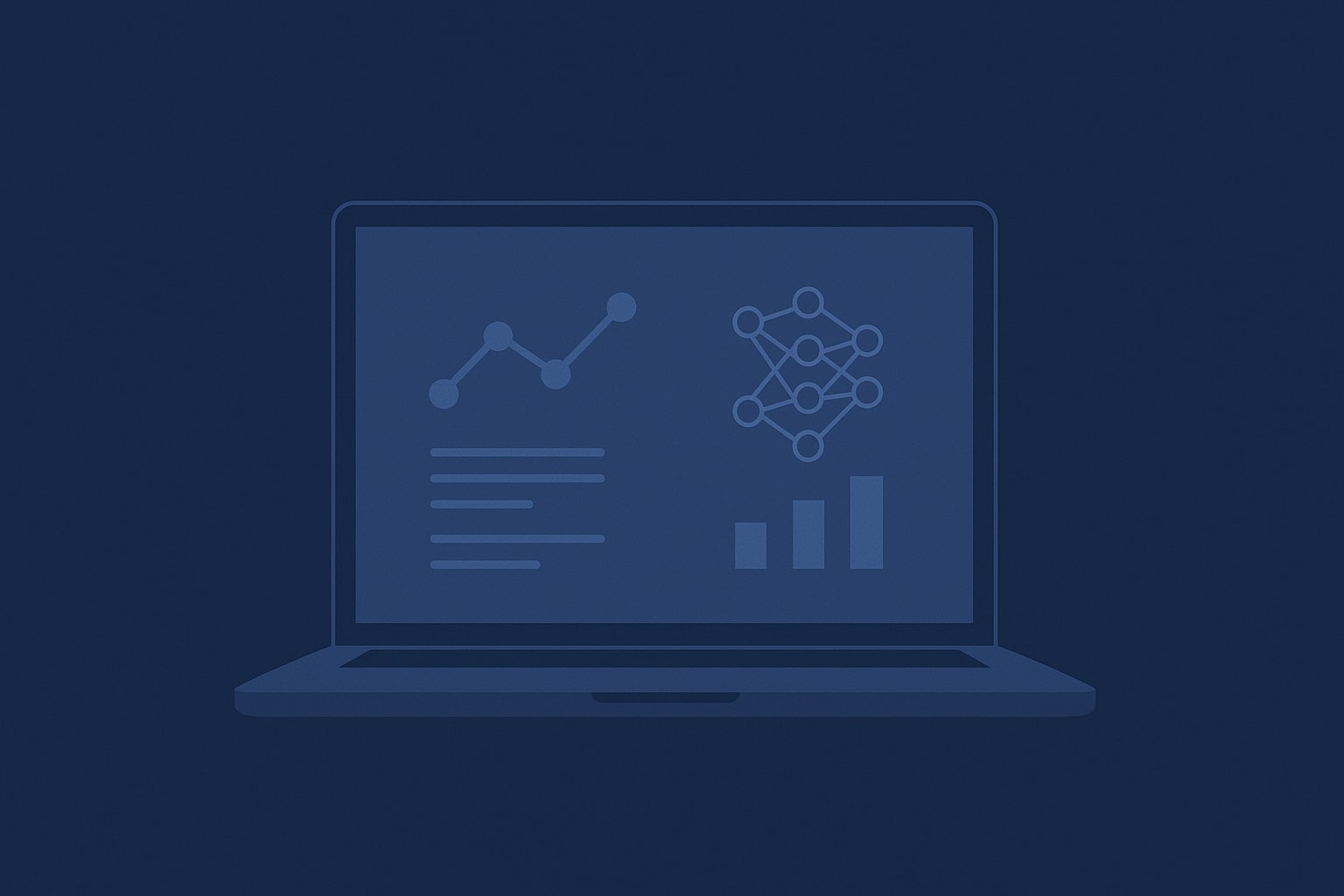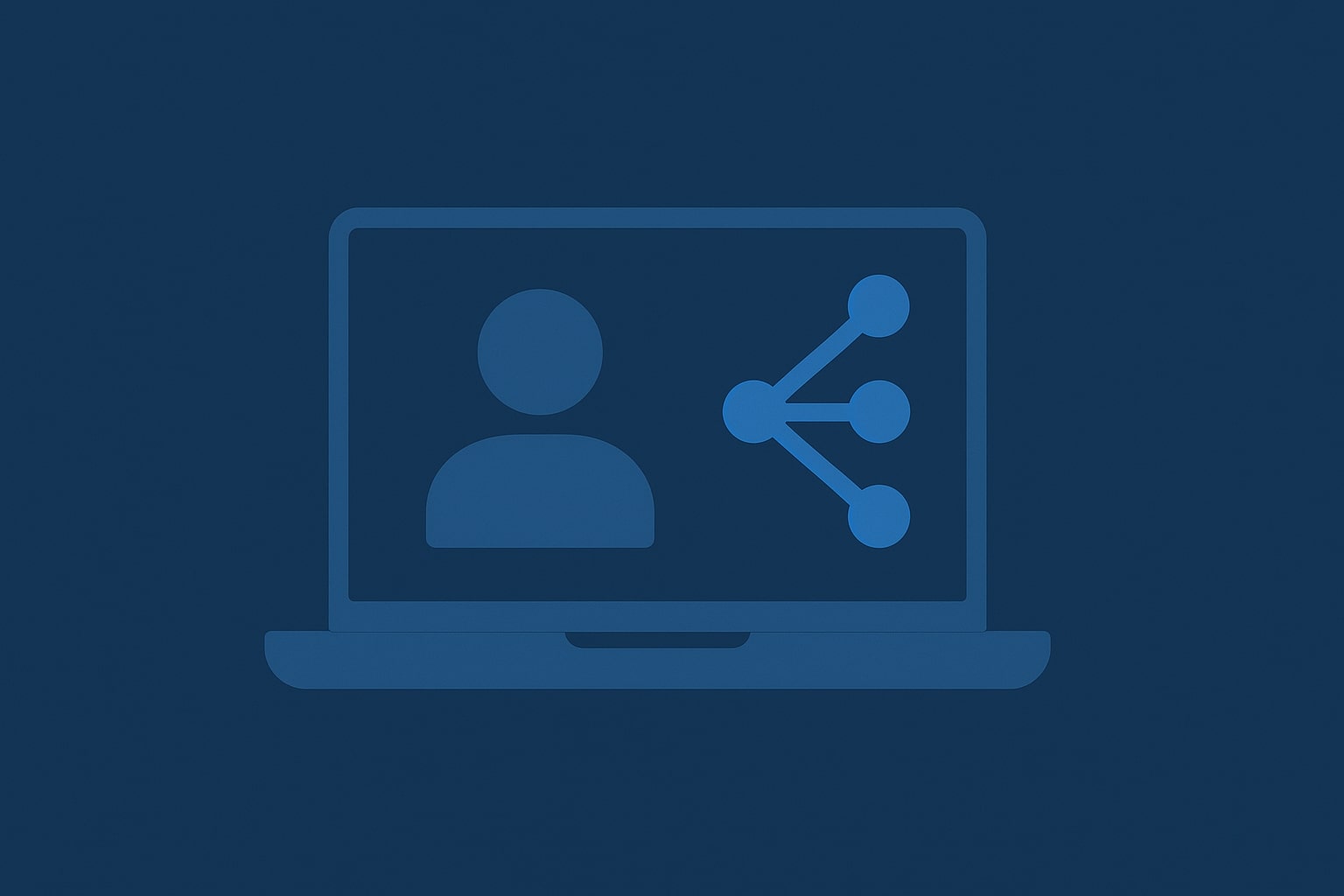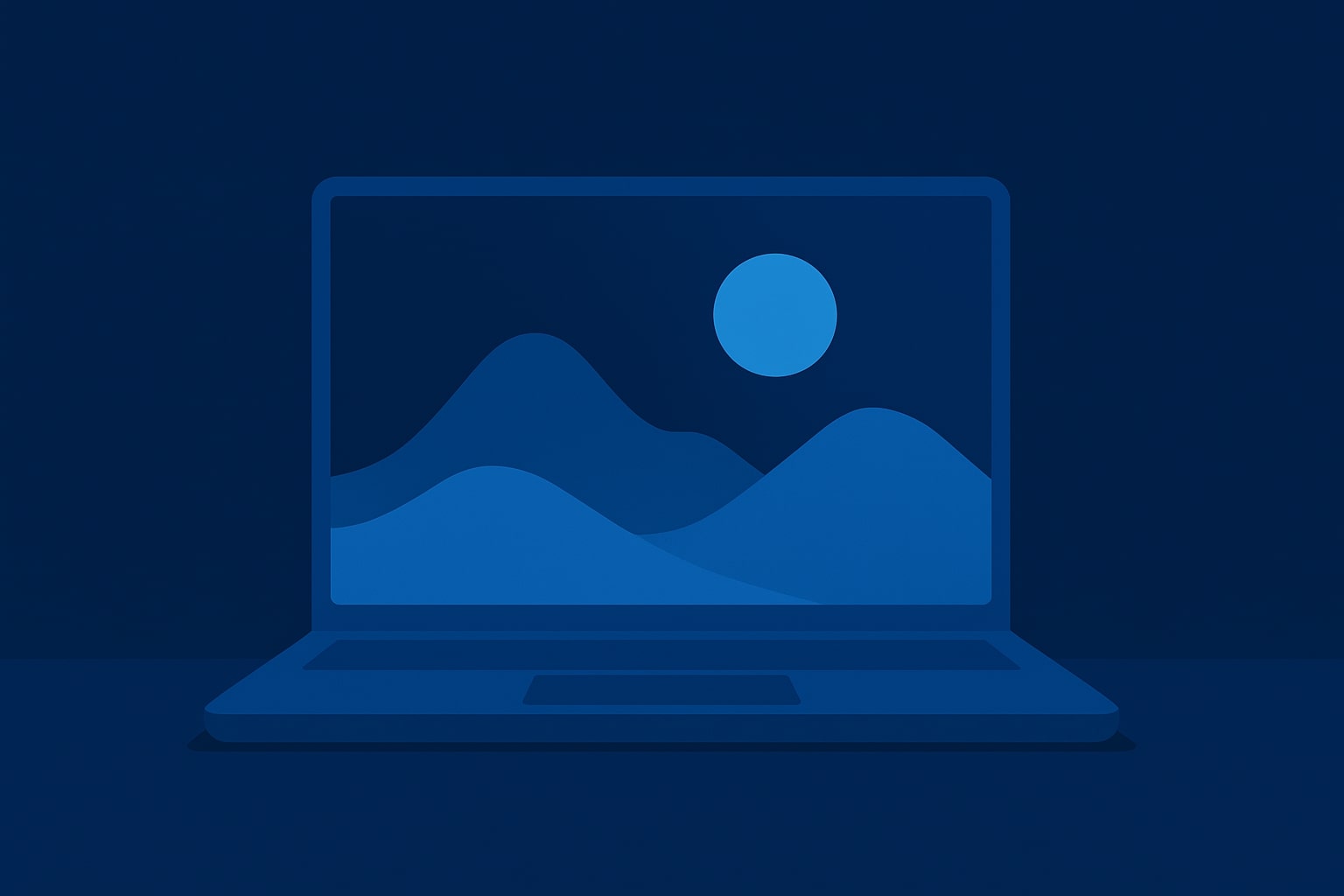MacBooks with Apple’s M-series chips are surprisingly good at data science. Things that used to need a huge computer setup, like working with tons of data or training models, now work great on these sleek laptops.
Since macOS is built on Unix, programs like Python, R, and Jupyter work right on it. Plus, the “M” series chips deliver impressive CPU and GPU efficiency. Modern MacBooks can easily handle anything from Pandas stuff to training models.
So, let’s find the right MacBook for your data projects, figure out what works price-wise, how much power you require, and how easy it is to carry around.
MacBook Air versus MacBook Pro for Data Science: A Quick Look
Before we get into the nitty-gritty of benchmarks, here’s a simple look at how some MacBook models compare for data science:
Model | Chip | CPU Cores | GPU Cores | RAM | Good For |
MacBook Air (M2) | M2 | 8 | 8 or 10 | 8-24 GB | Basic data tasks when you’re on the go |
MacBook Pro 14 (M3) | M3 Pro | 11 or 12 | 14 or 18 | 18-36 GB | Doing lots at once, huge data sets |
MacBook Pro 16 (M3 Max) | M3 Max | 14 or 16 | 30 or 40 | 36-128 GB | Serious deep learning, video, and data work |
- The Air is great if you’re an analyst or student who spends time tidying up data, making charts, or running smaller models.
- The Pro (M3) is a good choice if you often deal with big data or do several things at once.
- The Max is for people who need the best GPU for deep learning or working with heavy video/data workflows.
What MacBook Specs Matter for Data Science?
If you’re trying to pick the right MacBook for data work, it helps to know how they handle different tasks. Here’s a quick look at what matters most: memory (RAM), the CPU, and the GPU.
a. Cleaning Data with Pandas (Memory-Intensive)
When wrestling with big datasets in Pandas, RAM is super important. If you’re merging huge tables or doing pivot tables, the amount of RAM you have will decide how well everything runs.
Tests show that a MacBook Air with 16 GB of RAM is almost as quick as the basic M3 Pro MacBook Pro regarding RAM-heavy operations. So, the amount of RAM is more important than the actual chip. Jumping from 8GB to 16GB can cut processing time a lot, and it’s one of the best things you can do if you’re an analyst or use Python a lot.
b. Training Models with LightGBM (CPU-Intensive)
LightGBM pushes your CPU to its limit. This is why the CPU setup starts to be important.
- The M2 Air splits with 4 performance and 4 efficiency cores.
- The M3 Pro usually has more performance cores (6 or more, depending). This can speed up model training by around 15–20%.
For things like gradient boosting or anything that uses the CPU a lot, the Pro’s extra cores will make training go more smoothly, especially if you’re multitasking with notebooks, IDEs, or other stuff running in the background.
c. Deep Learning with TensorFlow (GPU-Intensive)
For neural networks, the GPU is the big thing. On MacBooks, TensorFlow can use the M-series GPUs to their fullest, and even the entry-level chips do pretty well.
- The M2 Air’s 10-core GPU can handle simple CNNs and image stuff just fine.
- The M3 Pro’s larger GPU can train models around 70% faster for more complex tasks.
- The M3 Max, with up to 40 GPU cores, is almost as good as a desktop for deep learning, but be warned, it’s expensive.
The M3 Max, packing up to 40 GPU cores, nearly matches a desktop for deep learning. Just a heads-up, it’s expensive, mainly since macOS has some GPU limitations with certain setups right now. For example, how machine learning works on Mac depends on whether you’re on TensorFlow or PyTorch, as only the former fully leverages the M-series GPU.
Fanless versus Fan: How Heat Affects Performance
The MacBook Air doesn’t have a fan, which is both good and bad. It’s super quiet and light. But if you’re doing something intensively for a while, like training a big model, it might get too hot and slow down to keep from overheating.
On the other hand, the MacBook Pro has a fan, so it can keep working at its best speed for longer, especially when you’re doing stuff that uses a lot of CPU or GPU power, like LightGBM training or TensorFlow tasks.
For quick tasks, the Air is fine. But if you’re doing things that take hours or need constant speed when things get tough, the Pro’s cooling system really helps.
More Than Just Specs: Screen, Ports, and Easy Carrying
Data science isn’t all about raw performance – daily usability matters, too.
- Screen – The MacBook Pro’s Liquid Retina XDR screen is brighter, has better contrast, and has sharper images. It’s great if you’re making dashboards, checking out visuals, or just want a nicer screen to look at when coding for hours. The Air’s Retina display is sharp but not as vibrant.
- Ports – The MacBook Pro has HDMI, MagSafe, a spot for SD cards, and three Thunderbolt ports. The Air only has two Thunderbolt ports, which is okay for most people, but not so good if you use a lot of stuff at once or have more than one monitor.
- External Displays – The Air can only handle one external monitor, but the Pro can hold two or more, depending on the chip inside.
- Weight and Battery – The Air is lighter (2.7 lbs), and the battery lasts longer. That makes it great if you’re always out and about. The Pro is heavier (around 3.5 lbs) but can work harder for longer.
The Pro is the better choice if you care about having many options and an excellent screen for extended work periods or showing off your work. But if you need something easy to carry above all else, the Air is a great pick.
Cost-Benefit Analysis: Where Your Budget Should Go
MacBooks cost a lot, so you want to know which upgrades are worth it.
- RAM is Key – If you’re doing data science, bumping up your RAM from 8GB to 16GB can really speed things up, especially when using Pandas or juggling multiple tabs.
- GPUs – Unless you train complex AI models constantly, don’t sweat the extra GPU cores. The M2 or M3 Pro chips are typically good enough.
- Storage – A 256–512 GB SSD should be fine unless you work with huge files regularly. You can always use cloud storage or external drives.
Instead of loading up a MacBook, think about this:
- Rent a more powerful Mac when you need one.
- Spend your money on cloud GPU time (like AWS or Paperspace).
- Invest in tools or courses to make your workflow faster.
Finding the right balance between power and price is important. Usually, a good MacBook Air or the base Pro model is the best choice.
Want to Check Out the MacBook Before Buying? Here’s How to Do It the Smart Way
If you’re unsure which MacBook suits you, test it out first!
- You can save money on refurbished Macs (especially M1 and M2 versions) from Apple or sellers you trust.
- New MacBooks have the latest chips, but they’re pricier and might be more than you need.
A smarter middle ground? Try Rentamac.io. You can rent Mac Minis with the latest M4 chip and test them with your workflow from wherever you are. It’s a reliable, quick, and easy way to see how they run before spending large amounts of money.
Whether it’s RAM or testing if the graphics card works with your machine learning setup, renting saves you time and cash.
Conclusion
- If you’re after something light, with enough power for daily tasks and a reasonable price, the MacBook Air is a solid bet.
- For bigger datasets, training models, or running a bunch of programs at once, get the MacBook Pro with the M3 Pro.
- Choose M3 Max if you rely on serious GPU workflows, like deep learning or ML with videos and images. Otherwise, it’s probably overkill.
And remember: you don’t need to buy blinds. Check out Rentamac.io to try out different MacBooks remotely. Whether you’re a student, freelancer, or building complex ML systems, there’s a Mac that fits, and you don’t have to spend a fortune finding it.
FAQ
- Is the MacBook Air good for data science?
Yes, for most smaller tasks like cleaning data, making charts, and simple machine learning, the MacBook Air (M2 or M3) is excellent, especially if you get one with 16 GB of RAM.
- How much RAM do I need for data science on a Mac?
16GB is a good start. 8GB can work for easy stuff, but it might get slow when working with big datasets or training models.
- Can I do deep learning on a MacBook?
Yes, with TensorFlow. But PyTorch doesn’t work with the Mac’s graphics card to speed things up. For bigger stuff, think about renting a powerful Mac from Rentamac.io or using cloud-based GPUs.






